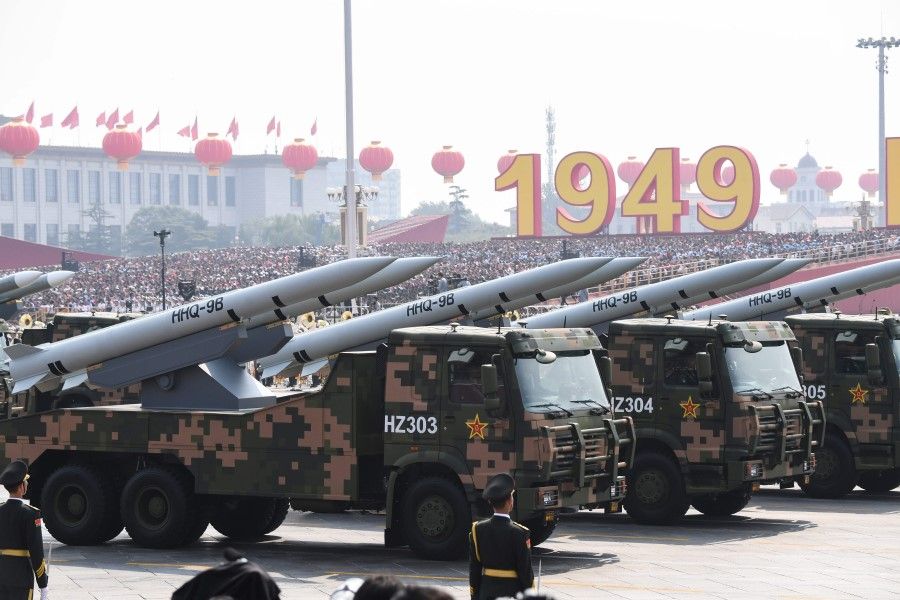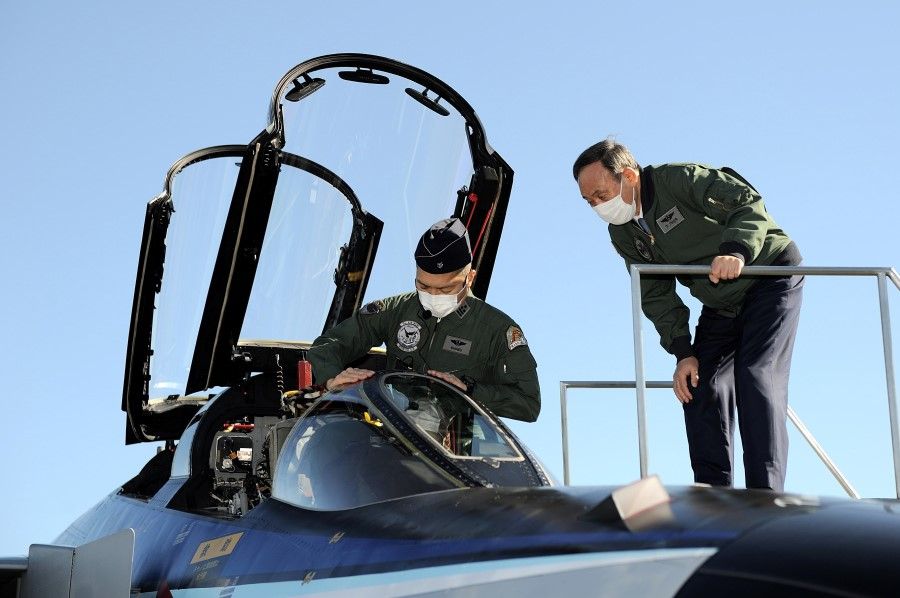Japanese academic: China stoking tensions in East China Sea

Amid the ongoing spread of Covid-19, China has established new administrative districts in the South China Sea.* In addition, it has increased the activity of the People's Liberation Army Air Force (PLAAF) near Taiwan, and increased the activity of the People's Liberation Army (PLA) and the China Coast Guard (CCG) in the East China Sea in ways never seen before. Not only does this further stoke anti-Chinese public opinion within Japan, but it is also provoking movements that seek the cancellation of President Xi Jinping's state visit to Japan, which has already been postponed.
Chinese government vessels have entered the contiguous zone every day since 14 April 2020. That is more than 100 times in a month.
Official statistics from the Japan Coast Guard (JCG) on the CCG's activity in the seas surrounding the Senkaku islands (known in China as the Diaoyu islands) show that Chinese government vessels have entered the contiguous zone every day since 14 April 2020.** That is more than 100 times in a month. This shows the highest trend since government vessels from China first entered the seas surrounding the Senkaku islands in December of 2008. Moreover, from 2 to 3 July, Chinese government vessels remained in Japanese waters for 30 hours. This was an extraordinary length of time. The Japanese government lodged a strong protest against the Chinese government, but the latter views Senkaku islands as Chinese territory and did not respond.

At the same time, when looking at the trends of the PLA, the Japanese Self-Defense Forces (SDF) confirmed that between 18 and 20 June, a foreign submarine navigated the contiguous zone directly bordering the Japanese waters surrounding Amami-oshima Island without surfacing. Defence Minister Taro Kono clarified that this was assumed to be a Chinese submarine, saying, "While many things are unfolding, including pressure in the East and South China Sea, on the China-India border, and with the 'one country, two systems' policy in Hong Kong, it is necessary to expressly speculate on the Chinese Communist Party's intentions." He added that Japan would continue to monitor China's actions.
There was a marked increase in the number of times that Japan Air Self-Defense Force aircraft were scrambled to confront the PLAAF.
China's increased activity in the East China Sea did not occur because of the spread of Covid-19 infections. While improvements in Sino-Japanese relations were pointed out by the media in 2019, there was an increasing trend of Chinese government vessels entering the contiguous zone around the Senkaku islands. It can be said that the situation since the spread of Covid-19 infections is a continuation of this. There was a marked increase in the number of times that Japan Air Self-Defense Force aircraft were scrambled to confront the PLAAF.
This kind of increase in pressure from the PLA and CCG is also impacting Japanese public opinion and policies. On July 3, the Foreign Affairs Division of Japan's ruling party, the Liberal Democratic Party, approved a resolution requesting the cancellation of President Xi Jinping's visit to Japan. The issues in Hong Kong were the direct cause of this, but the situation surrounding the East China Sea was also an important element.
Even if the changes in activity shown by China in the surrounding seas before and after the spread of Covid-19 infections have a Chinese-centered reason on the Chinese side, surely they will be considered as behaviours that raise tensions by surrounding countries and the region.

In this territorial dispute, the Chinese side surely has a Chinese viewpoint. From their perspective, their activities and behaviour are not a problem whatsoever. However, if activity levels change, the opposing side will consider these changes to be based on some kind of intent, and will, therefore, be cautious and handle the situation. The handling by the other party will be recognised as a new threat by China and it is argued that it will lead to a textbook security dilemma if tensions are further increased. Even if the changes in activity shown by China in the surrounding seas before and after the spread of Covid-19 infections have a Chinese-centered reason on the Chinese side, surely they will be considered as behaviours that raise tensions by surrounding countries and the region. I hope to emphasise that the prosperity of East Asia has been built upon the foundation of stability of military security.
* On 18 April, China's State Council announced its decision to establish two new districts - Xisha (Paracel) District (西沙区) and Nansha (Spratly) District (南沙区), in the Sansha City of Hainan province. Sansha was set up in 2012 to administer the country's claims in the South China Sea.
** Article 33 of Part II Territorial Sea and Contiguous Zone, UNCLOS, describes the contiguous zone as a zone contiguous to its territorial sea and says that "[t]he contiguous zone may not extend beyond 24 nautical miles from the baselines from which the breadth of the territorial sea is measured".
Editor's note:
Washington rejected China's claims to offshore resources in most of the South China Sea as "completely unlawful" on 13 July, saying that "the PRC has no legal grounds to unilaterally impose its will on the region".
In response, Chinese foreign ministry spokesman Zhao Lijian said, "It violates and distorts international law, deliberately stokes territorial disputes and maritime disputes, and undermines regional peace and stability."
According to a Reuters report, David Stilwell, the US assistant secretary of state for East Asian and Pacific affairs, warned on 14 July that Washington could respond with sanctions against China. "Nothing is off the table ... there is room for that. This is a language the Chinese understand - demonstrative and tangible action," said Stilwell. Chinese foreign ministry spokesperson Hua Chunying said in response that China was not afraid of sanctions.
(Photographs updated on 13 January 2021.)
Related: [South China Sea] Pandemic and US-Japan support reasons for Indonesia's strong stance on SCS | Chinese military starts 79-day exercises amid pandemic to deter Taiwan and warn the US | The South China Sea: More dangerous and unstable | Indonesia crosses swords with China over South China Sea: 'Bombshell to stop China's expansionism'?
